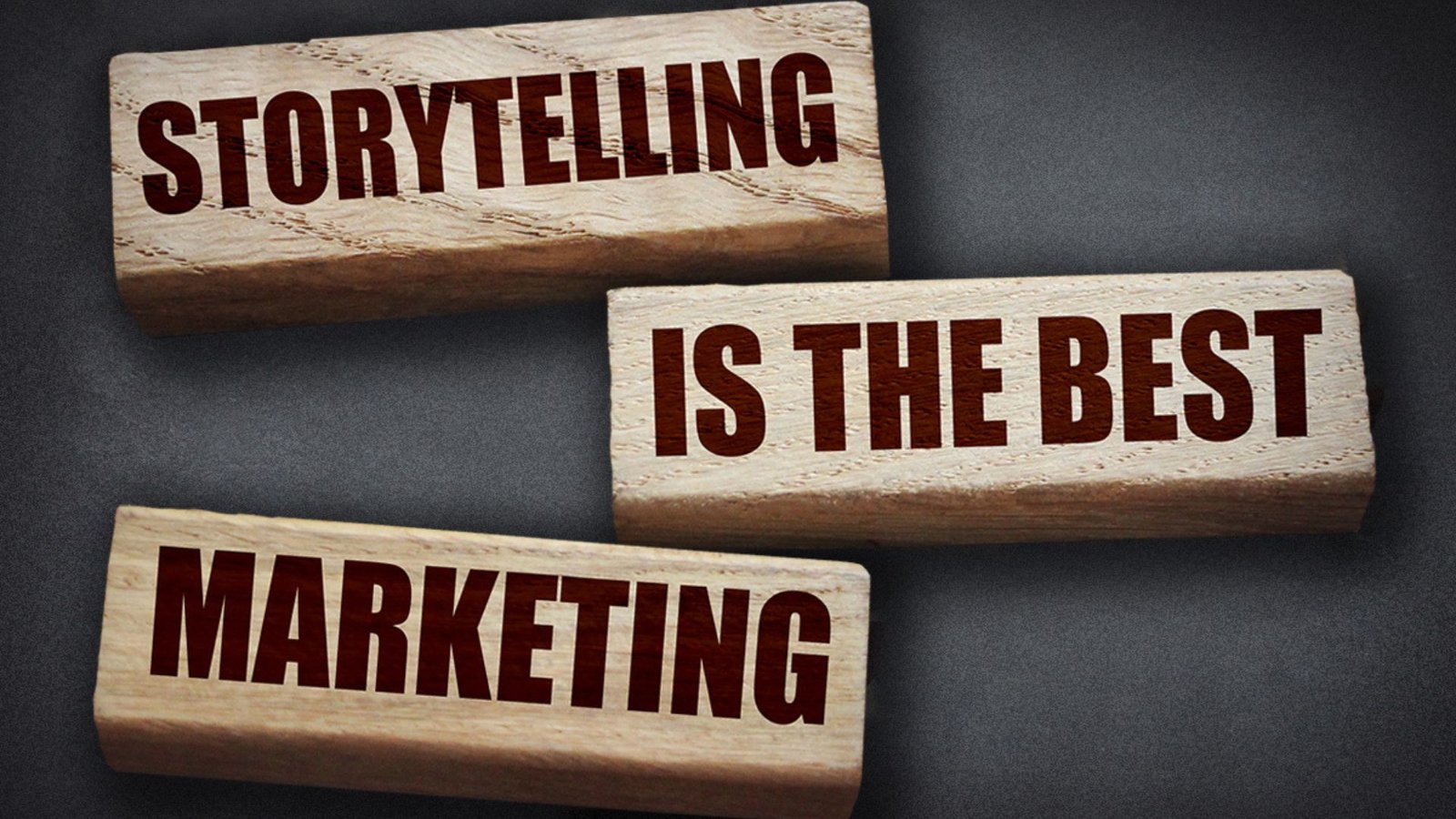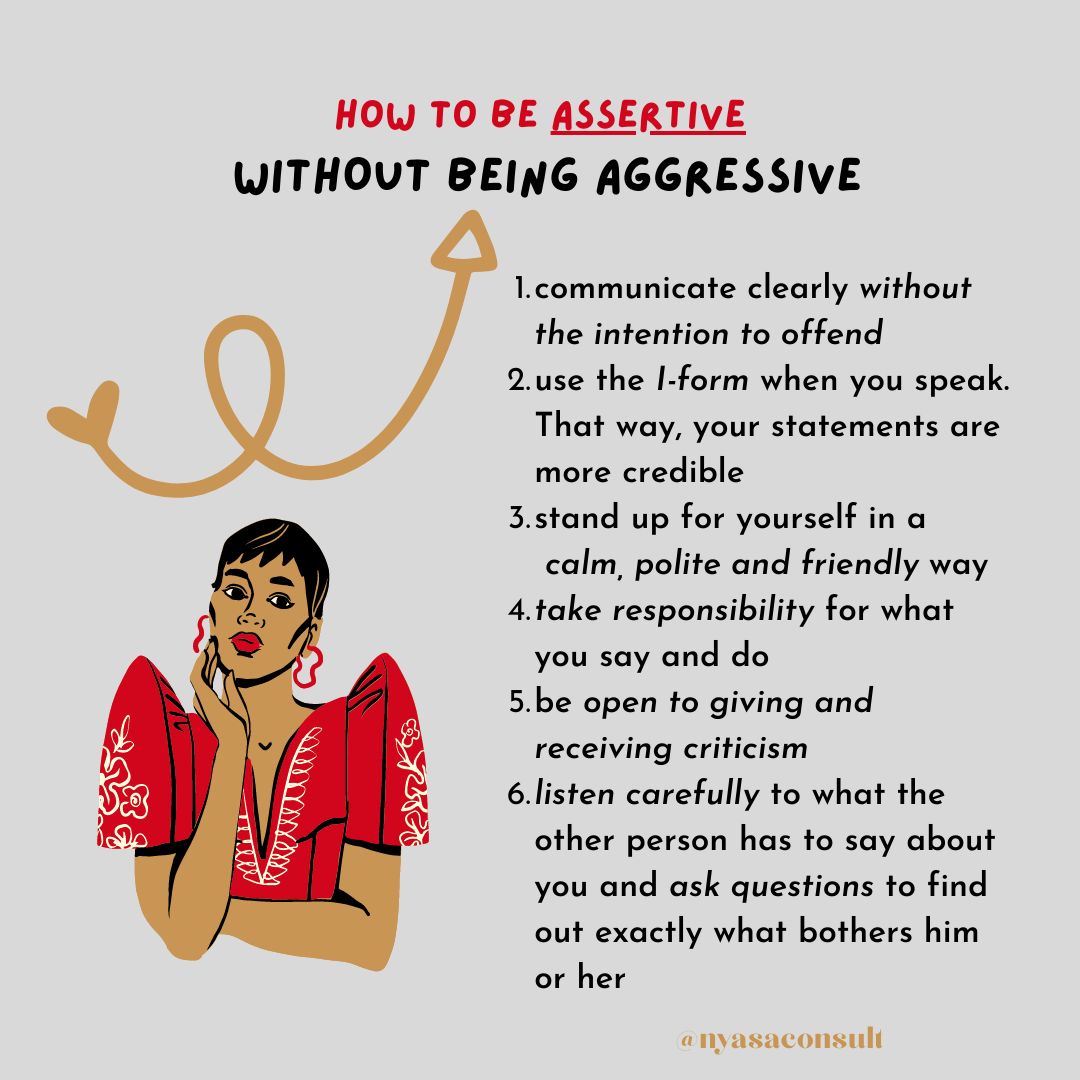Storytelling is a powerful tool for enhancing communication strategies. When used effectively, it can make your message more engaging, relatable, and memorable. Here’s how to use storytelling to boost your communication strategy:

Understand Your Audience
- Identify Their Needs and Desires: Before crafting your story, understand what your audience cares about. What are their pain points, interests, and values? Tailor your story to address these.
- Use Audience-Appropriate Language: The tone, style, and complexity of your story should align with your audience’s preferences.
Craft a Compelling Narrative
- Start with a Strong Hook: Grab attention with a captivating opening. This could be a surprising fact, a provocative question, or an intriguing scenario.
- Build a Relatable Protagonist: The protagonist could be a customer, employee, or even the brand itself. The audience should be able to see themselves in this character, which fosters emotional engagement.
- Include Conflict and Resolution: A story is driven by conflict and the eventual resolution. This could be a challenge that the protagonist overcomes, which mirrors the challenges faced by your audience.
- End with a Clear Message: Ensure your story concludes with a clear takeaway that ties back to your overall communication goals.
Use Emotion to Connect
- Evoke Emotions: Emotional stories are more memorable. Whether it’s joy, fear, surprise, or empathy, use emotions to create a deeper connection with your audience.
- Show, Don’t Just Tell: Use vivid descriptions and scenarios to paint a picture. Instead of stating facts, demonstrate them through the narrative.
Incorporate Visual and Verbal Elements
- Use Visuals to Enhance the Story: Visual storytelling can make your message more impactful. Use images, videos, infographics, or even metaphors to complement your narrative.
- Leverage the Power of Voice and Tone: In verbal storytelling, how you tell the story matters. Your tone, pace, and emphasis can greatly influence how the story is received.
Be Authentic and Consistent
- Authenticity is Key: Audiences can sense inauthenticity. Make sure your story is genuine and aligns with your brand values and message.
- Consistency Across Channels: Whether you’re telling your story through social media, presentations, or blogs, maintain a consistent narrative and tone across all platforms.
Make the Audience the Hero
- Shift Focus to the Audience: Position your audience as the hero of the story, with your product or service as the guide that helps them overcome obstacles and achieve their goals.
- Invite Participation: Encourage your audience to engage with your story by asking questions, sharing their own experiences, or contributing to the narrative.
Measure the Impact
- Track Engagement: Use metrics like social shares, comments, and time spent on content to gauge how well your story is resonating with your audience.
- Adjust and Iterate: Based on feedback and data, refine your storytelling approach to better meet your audience’s needs.
Integrate Storytelling into Your Overall Strategy
- Align with Business Goals: Your storytelling efforts should support your broader business objectives, whether that’s brand awareness, lead generation, or customer retention.
- Use Stories in All Forms of Communication: Integrate storytelling into marketing campaigns, internal communications, customer service, and leadership messaging.
By embedding storytelling into your communication strategy, you create a more engaging, memorable, and effective way to connect with your audience, ultimately driving greater impact and success.



